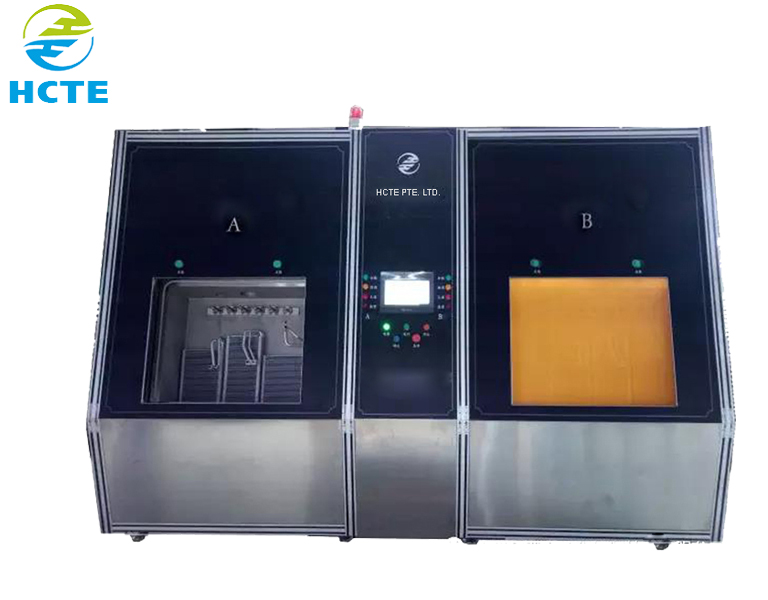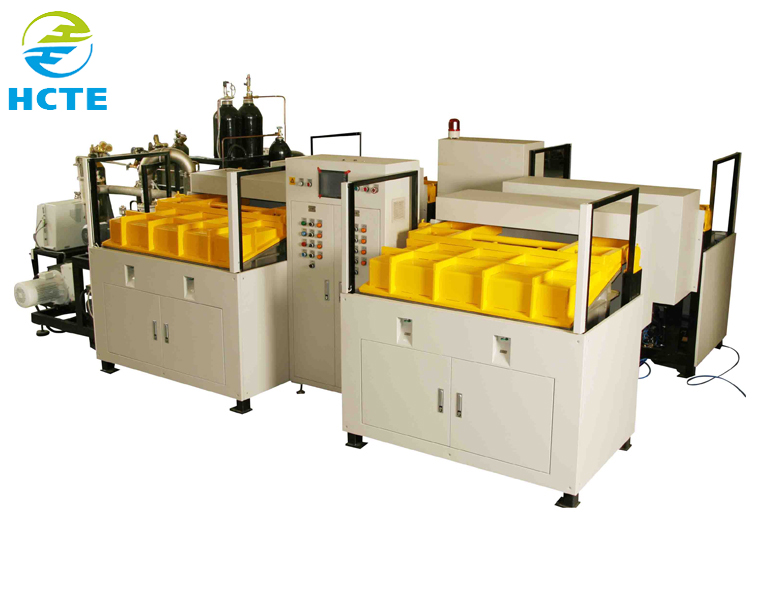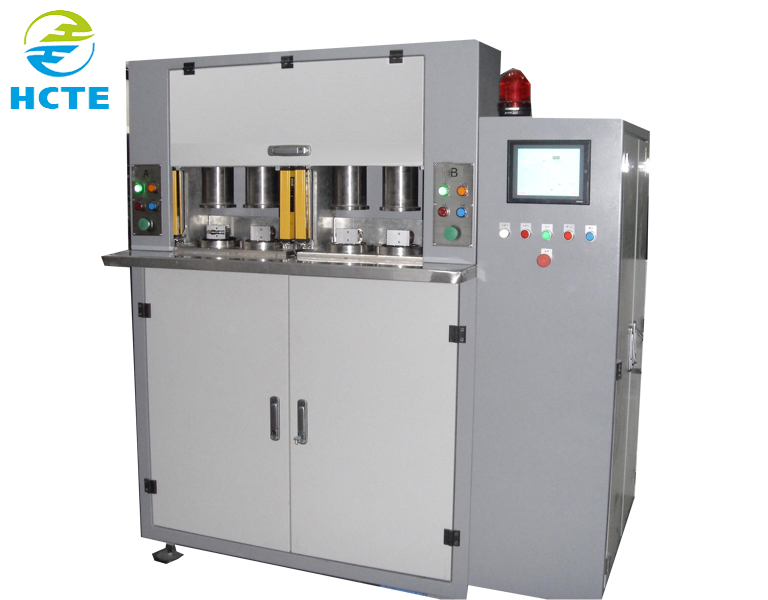If we want to test a condenser of auto AC, a helium gas detection system or an air tightness test equipment is needed to do the test. But how does it works? Here are the methods of testing car condenser:
1.Large leak detection: After the vacuum holding chamber front door is shut down, the machine successively functions tough and great pumping of the vacuum holding chamber before the vacuum level inside the holding chamber reaches the set leak detection stress. Once the vacuum holding chamber is evacuated, the machine fills the test part inside the holding chamber rich in-stress gas of three.5MPa (downward changeable), after which keeps the strain, waiting around for the strain sensing unit of the system to ensure whether there is a huge leak. If there is a huge leak inside the check part, the machine will discharge our prime-stress gas inside the check part, close the suction control device of the vacuum holding chamber at the same time, and terminate the leak detection method. And right after filling the vacuum holding chamber into the environment, the proprietor presses the verification option, the entrance of the vacuum holding chamber will automatically available, utilizing the check part out, marking and putting it into the to-be-handled place. When the system fails to find a huge loss of the check part, it would automatically carry out the subsequent leak detection method.
2.Vacuum the test part: If no huge loss of the check part is available, the machine will release our prime-stress gas inside the check part and vacuumize the inside of the check part. Once the vacuum level inside the check part reaches the set stress worth, wait for the evacuation technique of the vacuum holding chamber to accomplish.
3.Vacuum helium detection: Once the evacuation of the vacuum holding chamber reaches the set leak detection stress, and at the same time the evacuation of the check part inside the holding chamber continues to be finished, the machine detects the helium sign inside the detection container and suppresses this sign to absolutely nothing. Then load the test part with 4.0Mpa (downward changeable) helium gas. Once the helium gas stress inside the check part reaches the set worth, the leak detector will detect the loss of the check part.
When the leak detector locates a helium sign that surpasses the set worth, this means that there is a tiny leak inside the check part inside the holding chamber and also the system will problem a leak alarm system. The proprietor presses the verification option, and also the vacuum holding chamber will automatically be opened up right after simply being loaded with the climate. After the proprietor divides the fast connector from the check part, the test part may be taken off and designated consequently.
When the leak detector fails to find a helium sign that surpasses the set worth, this means the detected check part has no loss. The program sends a signal that goes by the detection, and automatically functions the helium rehabilitation method in the check part.
4.Helium rehabilitation: After the assessment is completed, the helium inside the check part is sent back to the very low-stress helium aquarium through automated stress harmony. Once the helium stress inside the check part falls to atmospheric stress, the machine works with a vacuum pump to recuperate the remainder helium inside the check part. Once the stress inside the check part falls to the set worth, the helium recovery process is completed. Whilst recouping helium, the machine fills the vacuum aquarium with environment. Once the stress of the vacuum container rises to atmospheric stress and also the helium recovery process of the check part inside the holding chamber continues to be finished, the entrance of the vacuum holding chamber is automatically opened up and also the detection method is completed.










